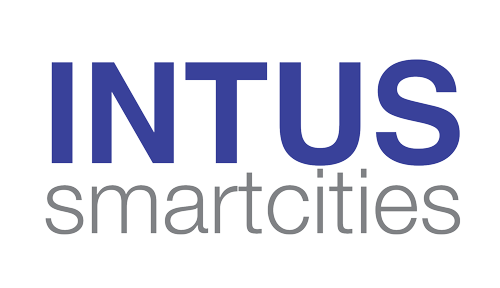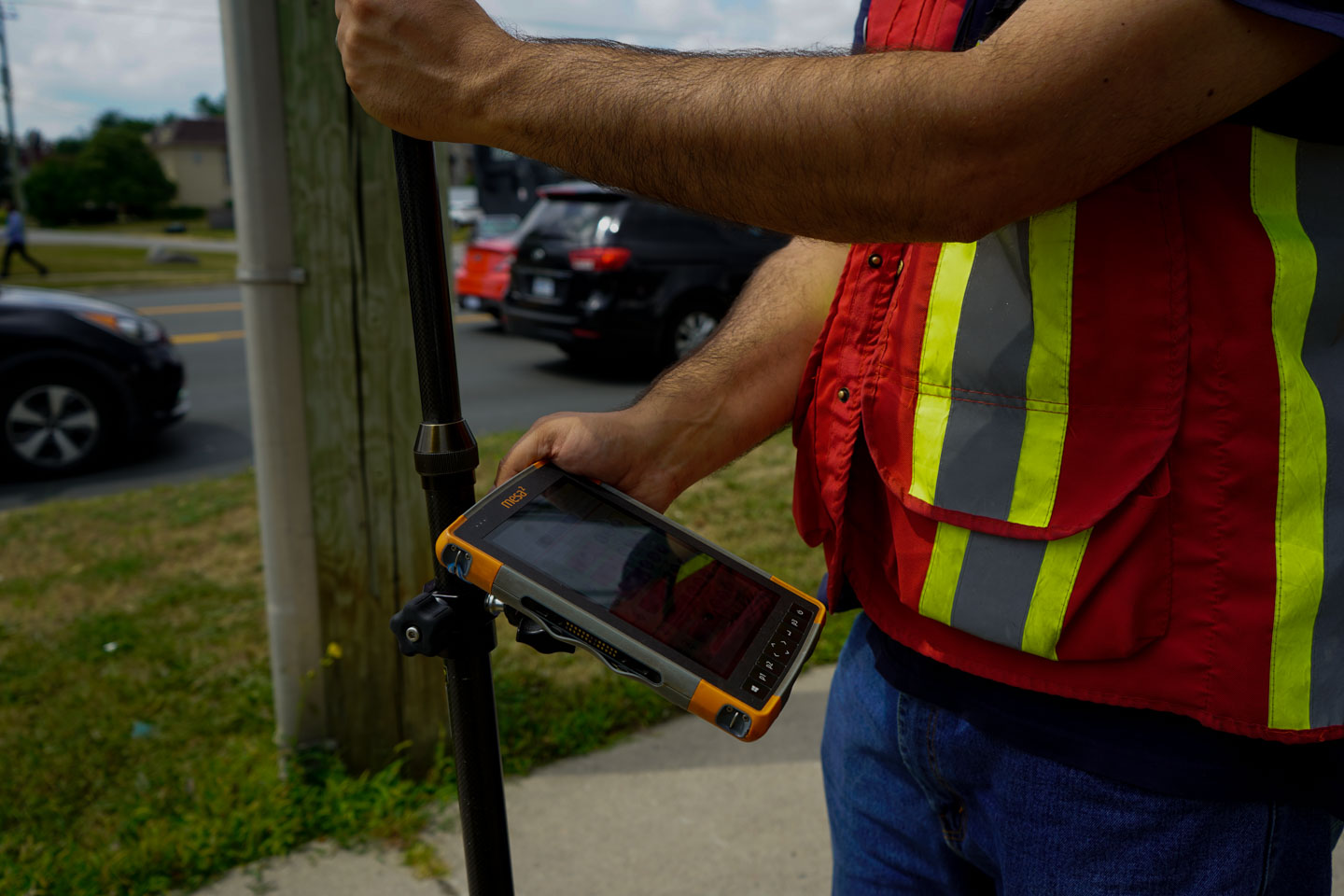Pre-Engineering & Permitting
With cities rapidly growing, more and more utilities are being buried underground, creating intricate and complex networks to distribute services or collect waste water.
Consequently, few utility and infrastructure organizations have accurate maps of their distribution networks, making pre-engineering and permitting a daunting task. This lack of digital map integration and route validation results in huge inefficiency, disruption and risk, creating additional costs and delays for stakeholders.
To alleviate these issues, proper digital mapping and pre-engineering processes must be implemented. The primary reason to conduct mapping, pre-engineering, and route validation is to detect and identify the precise location and depth of underground utilities, provide electronic drawings with GPS georeferencing, collect underground utility info & surface base map information, and finally, integrate all data into GIS for access and management capabilities to relate all surface and subsurface elements together.
However, to ensure that all maps and pre-engineering models are accurate, other techniques and technologies used to collect geospatial data must be completed in unison. These technologies and processes include utility locating, hydrovac daylighting, GPS surveying, ground penetrative radar, electronic field drawing, and the use of a portable data collector.
Once all steps have been completed, the final outcome of the mapping and pre-engineering process is a sophisticated, real-time 3D visual representation of underground utility assets. These electronic drawings are perfect for assisting in network design, conflict visualization, excavation and maintenance. This representation is an accurate representation of a validated proposed path for new utility installation.
Upon creation of the clear route, the results are transferred into an electronic permitting system that enables municipalities to access, evaluate the data and propose modifications on an electronic model, thus expediting the once tedious permitting process of utility construction & installation.



